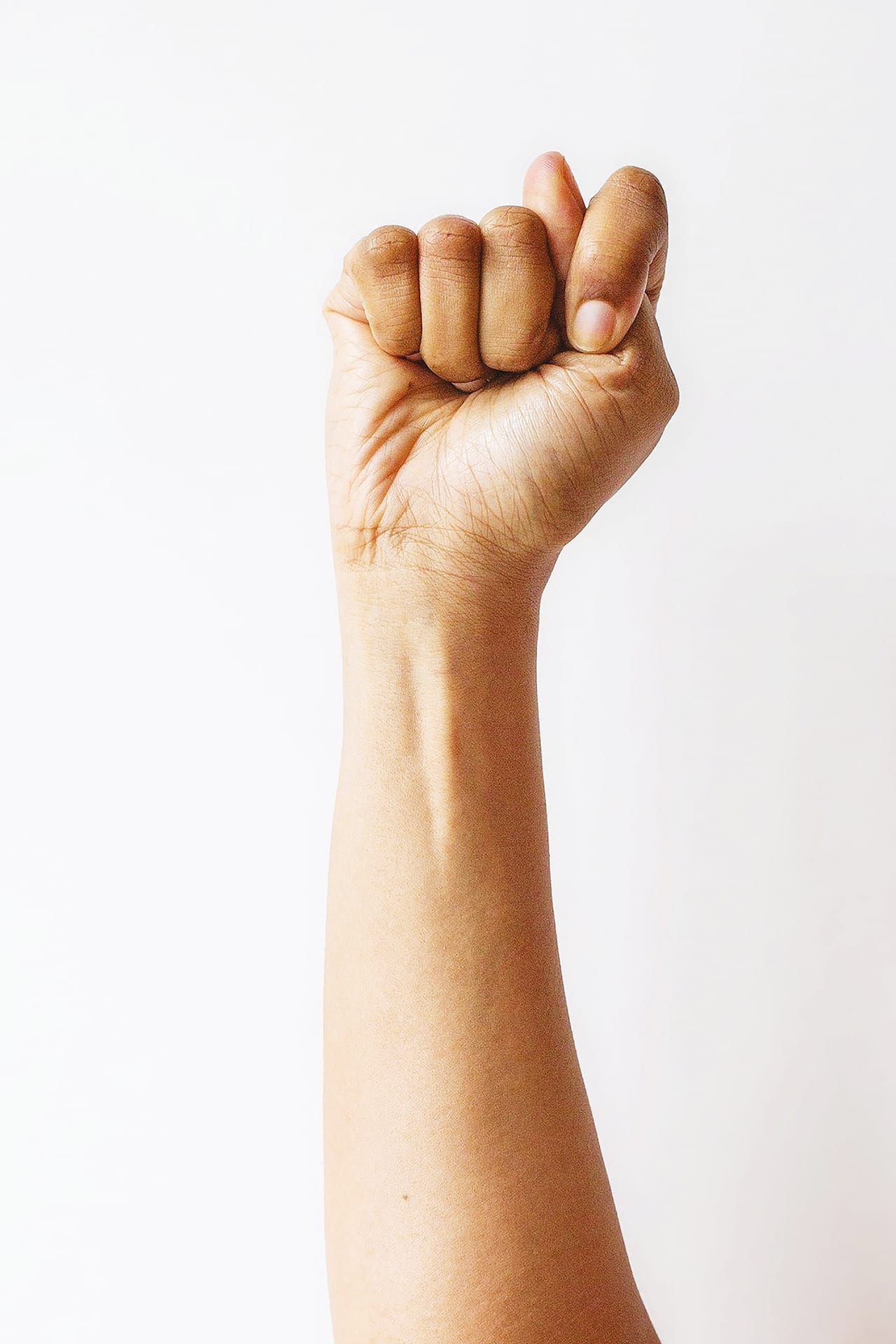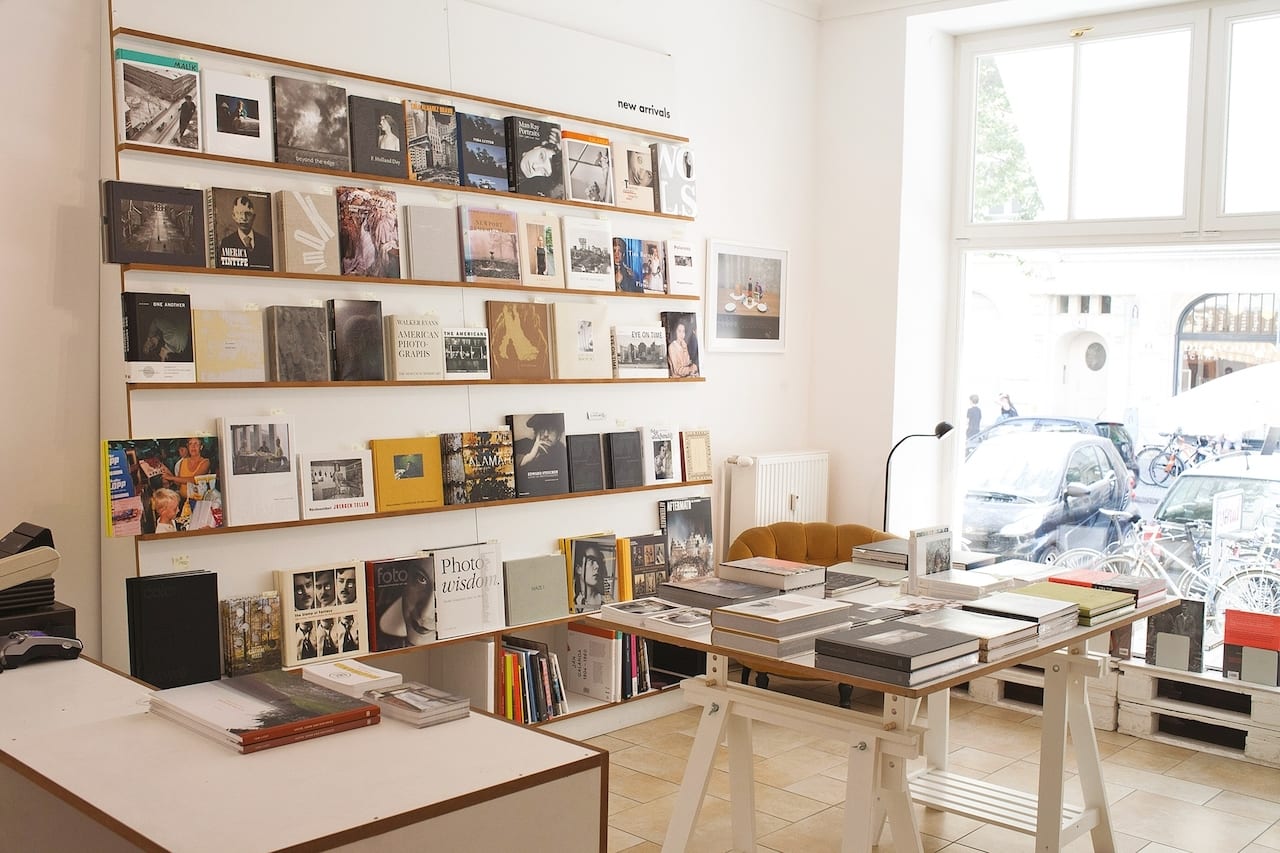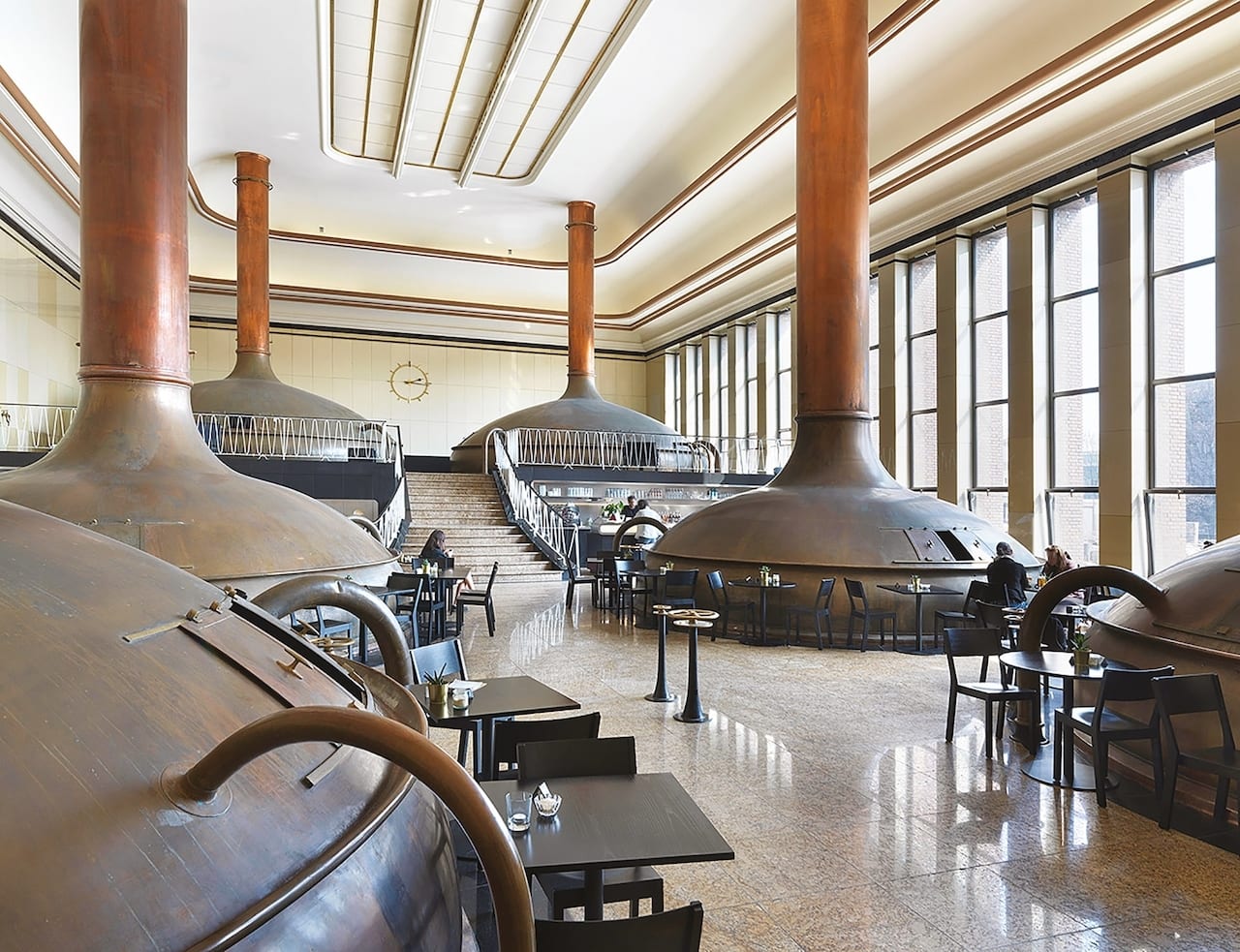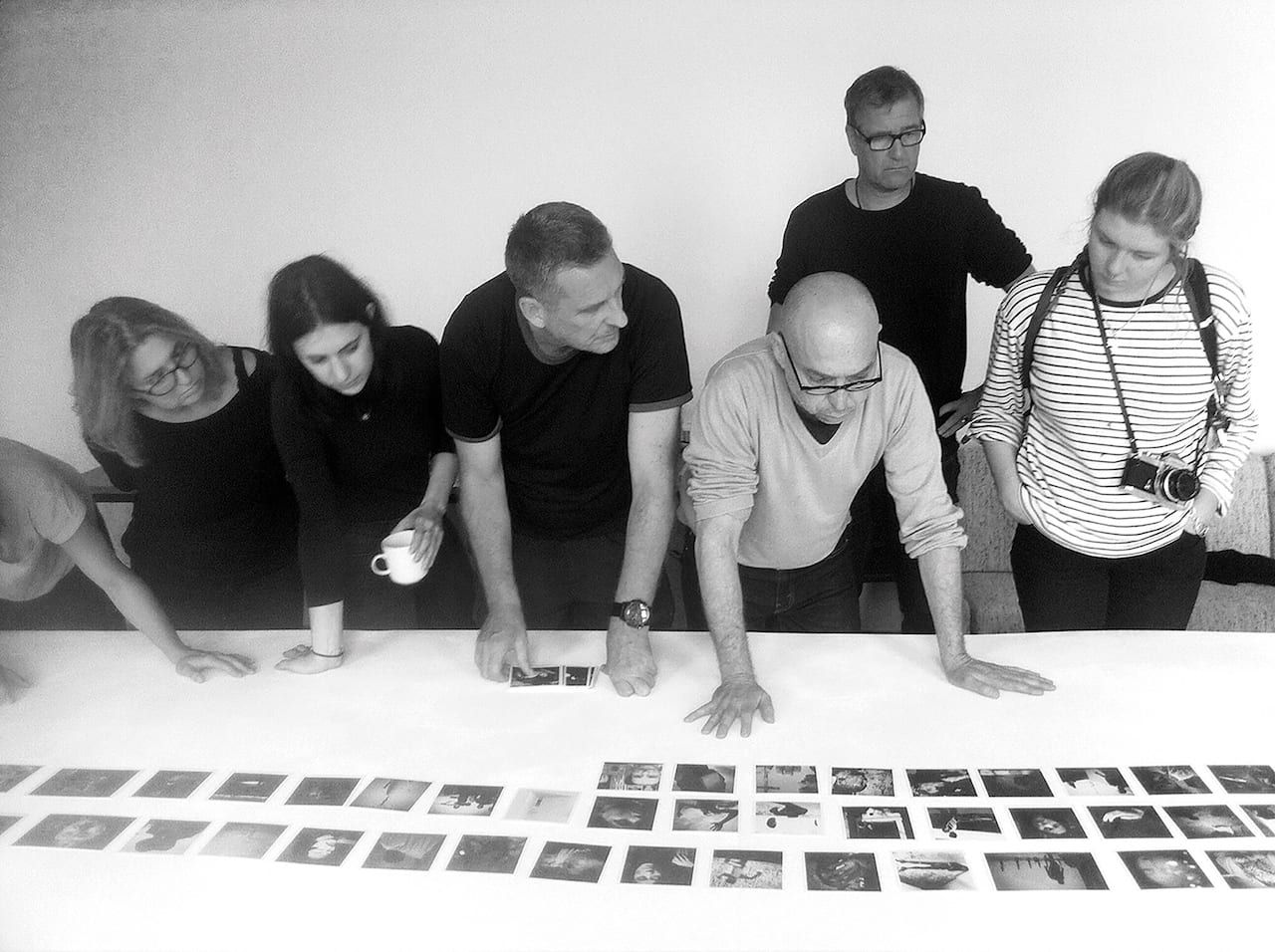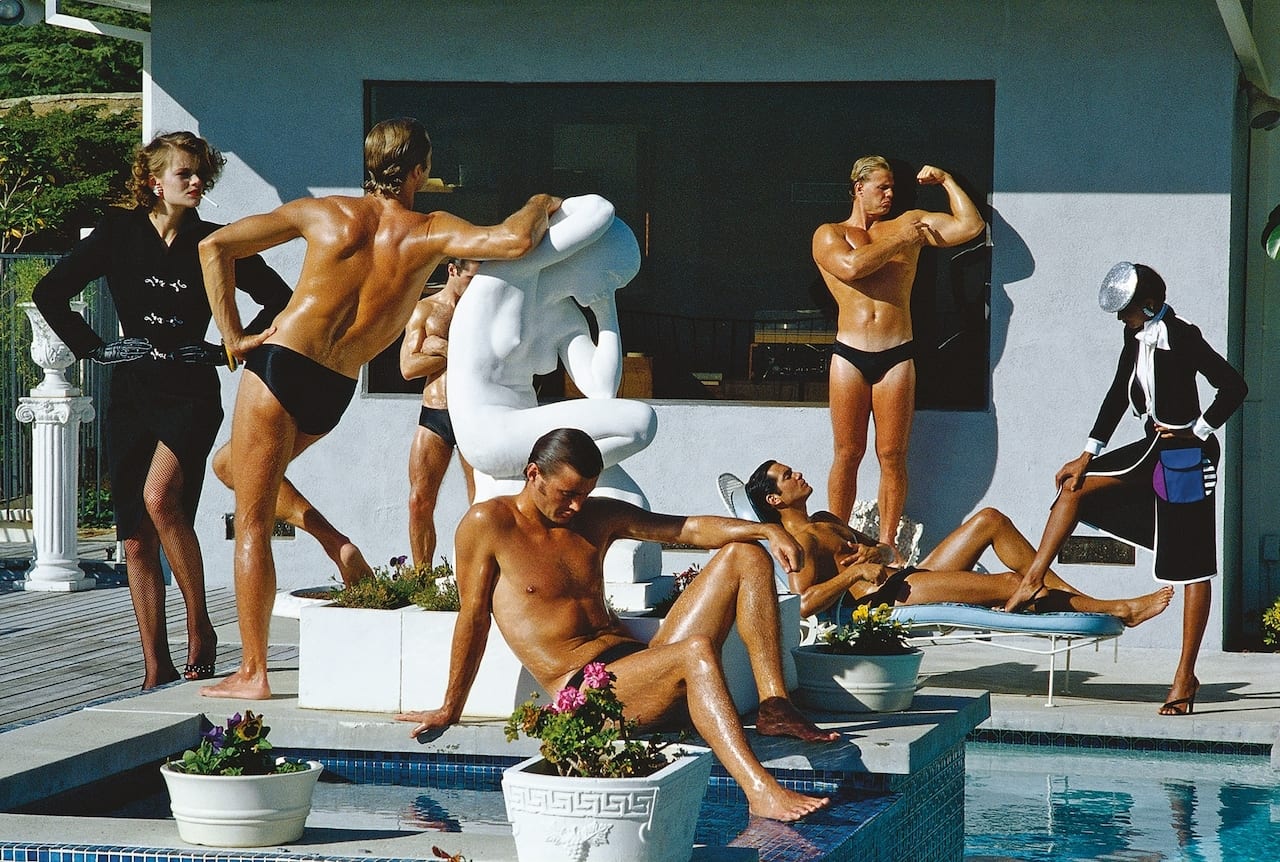For decades, Berlin has been a magnet for artists and creatives, and today boasts a vibrant photography scene bursting with galleries, museums, exhibitions, project spaces and studios. Berlin-based journalist Alice Finney picks out some of the highlights
In many ways, Berlin is and always has been an island. In the 13th century, intrepid explorers constructed settlements on what is now Museum Island, a cluster of cultural institutions built along the Spree River. During the Cold War, West Berlin was an outpost of democracy, quite literally divided from Soviet- controlled East Germany by the Berlin Wall. But, as Berlin-based Wolfgang Tillmans famously emblazoned across his 2016 pro-Remain EU Referendum poster, ‘No man is an island. No country by itself’; and it is the German capital’s remarkable ability to unify and rejuvenate that makes it so seductive.
The year before the Berlin Wall fell in 1989, the west part of the city was designated as the European Capital of Culture, and in its wake squatters, creatives and techno musicians moved in. Artistic freedom and experimentation marked the decade that followed. Today, Berlin’s undulating pulse, and the thousands of expats who call it home, cement its status as an innovative haven.
The city’s rich history, dynamic architecture and changing social fabric make it attractive for photographers in particular. From social documentarian and Berlin native Michael Schmidt to the eminent Ukrainian Boris Mikhailov, a wealth of prolific practitioners have lived and worked in the city, compelled to capture its changing face. Attracted by cheap rents and endless opportunities, a new generation of photographers, such as George Nebieridze and Spyros Rennt, shape the contemporary scene.
Here, we outline some of photographic landmarks and events that shape the Grey City.
Bildband Berlin
The photography bookshop and gallery Bildband nestles unassumingly on a residential
street of Altbau buildings (which translates as ‘old’ buildings) in the leafy, northeastern district of Prenzlauer Berg Kiez. Inside the bright space, hundreds of books fill the shelves, while framed photographs line the walls. Opened by Joe Dilworth and photographer Thomas Gust – who also runs the publishing house Buchkunst Berlin – in January 2015, Bildband houses classics to new publications by emerging artists. Visitors can peruse prints, special editions, rare photobooks, and copies on design, architecture and art. Alongside its impressive book collection, the store doubles up as an exhibition and event space. Past events include a talk by Magnum’s Thomas Hoepker and a Michael Wolf exhibition.
Kindl – Centre for Contemporary Art
Built between 1926 and 1930 by architects Hans Claus and Richard Schepke, Kindl – Centre for Contemporary Art was once a world- class brewery. Following its closure
in 2005, the Grade-II listed building stood abandoned – a sprawling 5500-square metres of empty copper tanks and exposed brick in Neukölln. The site eventually became a cultural hub in 2011 and, by 2016, its doors were open to the public, showcasing temporary exhibitions of international contemporary art. Along with painting, sculpture, installations and performance; photography, film and video also fill the institution’s wide-ranging programme.
On show until 07 February 2021 is Lerato Shadi’s solo exhibition, Maru a Pula Is a Song of Happiness. Originally from South Africa and now based in Berlin, the multidisciplinary artist challenges dominant western historical narratives and seeks to expose oppressive and exclusive power structures. Shadi’s large-scale, raised fists confront visitors entering Kindl through its 20-metre high arches. The images centre the female body as a sign of resistance; a symbol that runs through her work. Four variations of the gesture evoke connotations of defiance and solidarity. Two existing video works are also on view: a 2018 film in which a figure dressed in tight, red fabric roams across a South African landscape, and a seven- hour projected video performance of Shadi knitting a red ribbon which emerges, like an umbilical cord, from her belly button.
Art Foto Mode
Conceived by director, BJP contributor and Berlin resident Michael Grieve, Art Foto Mode workshops provide participants with the opportunity to spend five days with a professional photographer in a city location. The sessions aim to “get people feeling inspired, become immersed in photography and add a certain ingredient or charge into the work they normally do,” says Grieve. Marrying leading photographers such as Miho Kajioka and JH Engström with avid followers, Art Foto Mode facilitates a more hands-on approach to learning about the medium. In 2021, there are plans to continue workshops in Berlin, with Thomas Hauser and Martin Bogren, and New York, and possibly venture to Cairo and other international cities. Grieve hopes to expand the current format by running year-long programmes, enabling photographers to produce a more substantial body of work. Editor Barbara Stauss will also collaborate to widen the scope of the project and give participants insight into the editorial and curatorial sides of photography.
America 1970s/80s
Museum für Fotografie; Helmut Newton Foundation. Until 16 May 2021
Nicknamed the King of Kink, controversial photographer Helmut Newton’s images fuelled the sexualised aesthetics eagerly embraced by magazines such as Vogue and Vanity Fair in the 1970s and 80s. His approach became the gold standard of fashion photography, and even now, the genre still grasps at the same provocative overtones present in Newton’s pioneering practice. The latest exhibition at the Helmut Newton Foundation in Berlin-Charlottenburg comprises work by four photographers: Helmut Newton, Evelyn Hofer, Joel Meyerowitz and Sheila Metzner. The show returns to America four decades ago: Newton’s bodybuilders bronze by the pool, Provincetown basks in Meyerowitz’s tender light; Metzner’s staged photographs point to the performative nature of the medium; all set against the backdrop of the billboard advertisements that fill Hofer’s work.
The exhibition highlights Meyerowitz’s series Provincetown, presented at Helmut Newton Foundation for the first time. The work captures its subjects in an honest light; their free spirits are almost tangible. Located on a peninsula south of Boston, 300 miles away from Meyerowitz’s home of New York, Provincetown was a sanctuary of tolerance and peace for the queer community during those decades. Meyerowitz’s delicate portrayal of his subjects, who came of age at the height of the Aids crisis, reflects his love for this resort town and the individualists who lived there.

